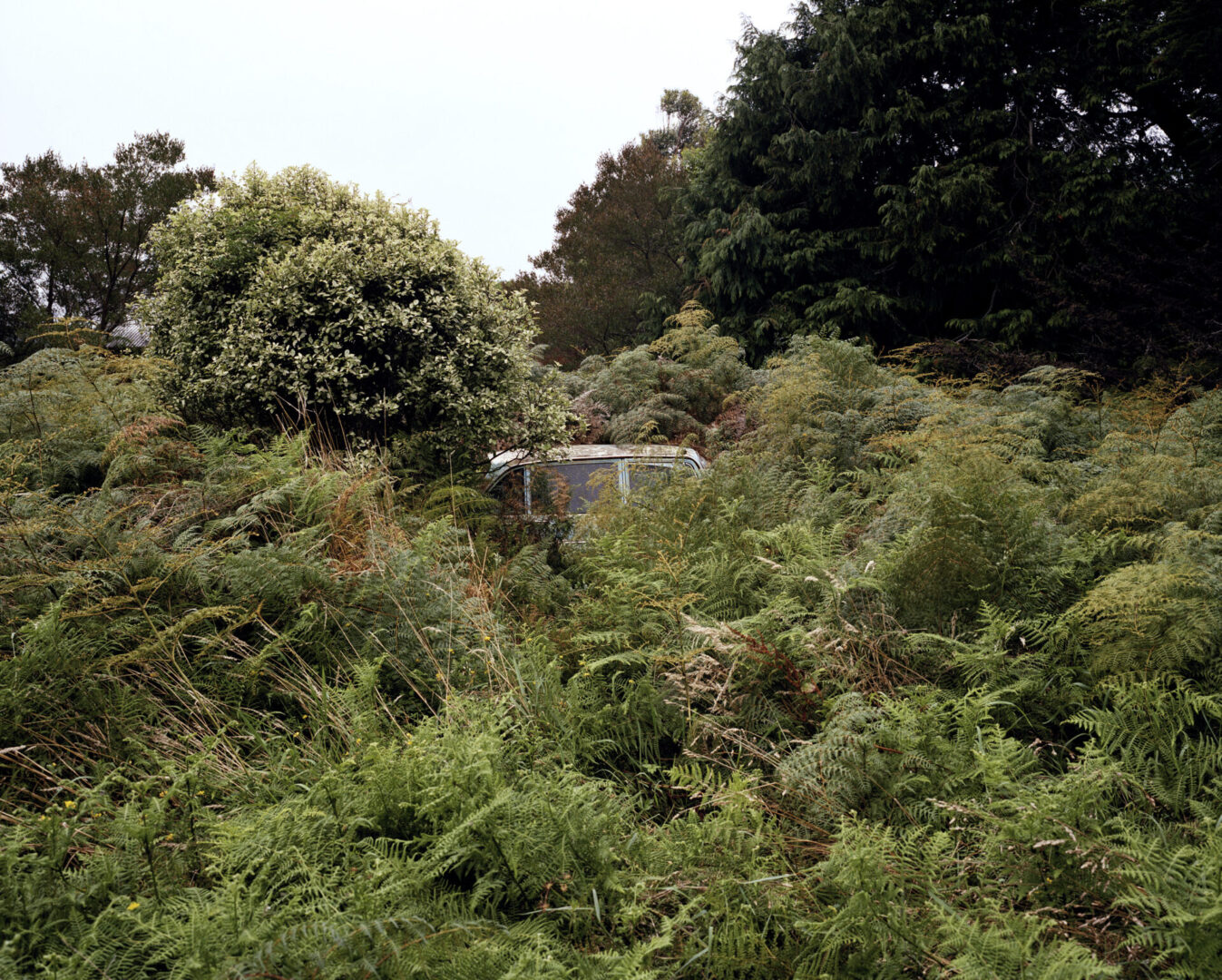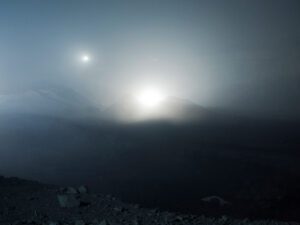The C/O Berlin Talent Award is the definitive prize in documentary photography, offering a platform to lens-based artists who are driving forward the medium. In the 20 years since it began, the prize has acknowledged more than 90 cutting-edge practitioners in both art and academia. It first opened for entries in 2006, calling for submissions of documentary photography based around a set theme. Since then, the process has evolved to incorporate an international pool of experts who nominate talent for consideration by a jury. The 2024 winner was Silvia Rosi, an artist long championed by Aesthetica, whose series Protektorat examines systems of communication and signs in colonial power structures. Other recipients include interdisciplinary artist Anna Ehrenstein, photographer and filmmaker Tobias Zielony and Bulgarian artist Pepa Hristova. Documentary in Flux spotlights 14 selected artists who have been part of the award over the past two decades. The show offers a new perspective on their oeuvre and demonstrates a broad array of documentary approaches. The photographers reflect the societal questions, conversations and aesthetic of their day. In bringing these collections together, the exhibition celebrates the worldwide impact of the C/O Berlin Talent Award on contemporary art.
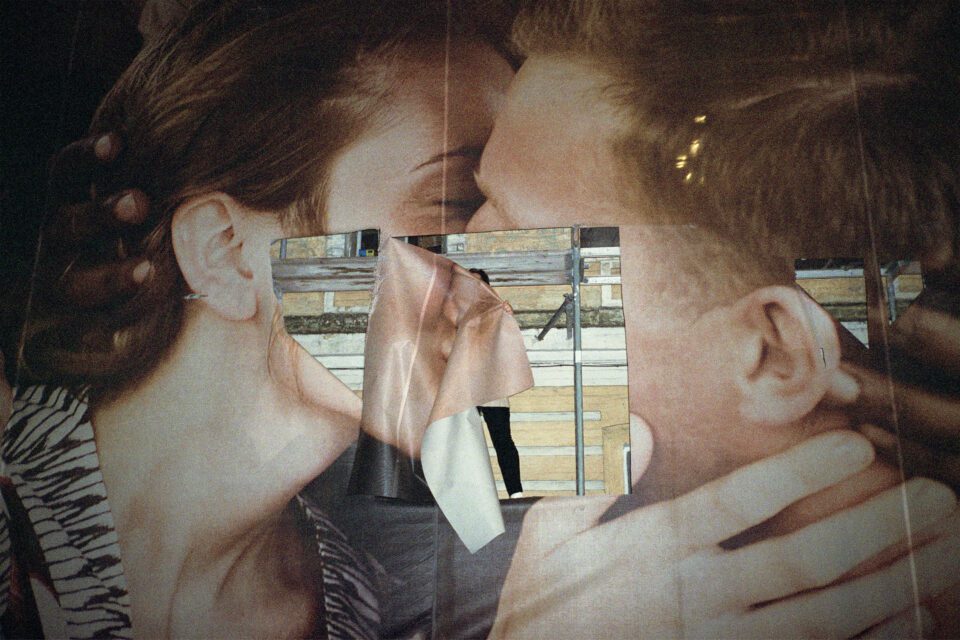
Sasha Kurmaz
Method
“I like mixing photography and public intervention,” says 2016 winner Sasha Kurmaz. The Ukranian artist creates his work in public spaces, almost casually breaking up the monotony of familiar sights. The artist busts open advertising displays in public places and replaces the original posters with images of the homeless. He slides prints undetected into strangers’ jacket pockets. He stands at subway station exits, distributing slips of paper to passers-by with photographs that depict the same location but a day early. The aim is to shift the focus of art towards social interaction and human encounters. For Kurmaz, it is not the neatly framed print on the wall at an exhibition that counts, but rather the artistic act itself.
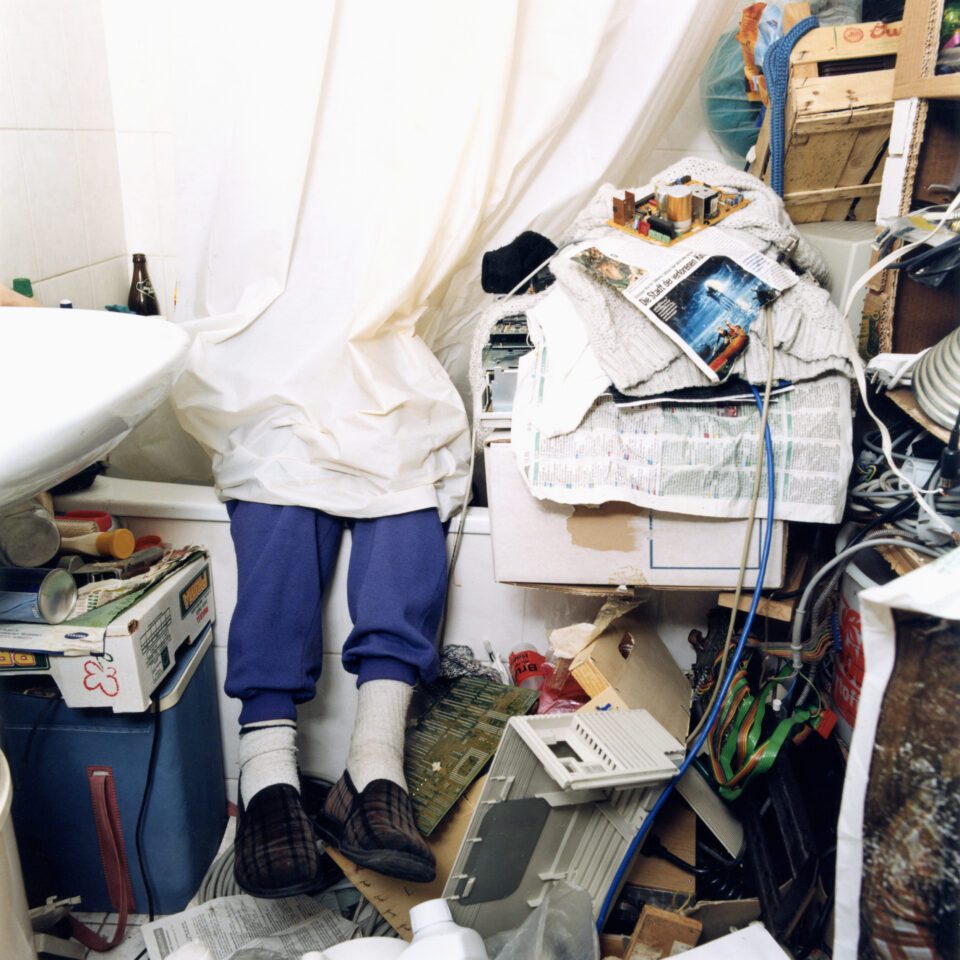
Sibylle Fendt
Uneins (At Odds)
The World Health Organisation classified hoarding as a mental health condition in 2018. It is estimated that between 2 and 5% of the UK population may experience the disorder, although the fact that many people do not come forward for support means the number may be higher. In the USA, 14 million people exhibit signs of hoarding. Photographer Sibylle Fendt won the C/O Berlin talent award in 2006 for the series Uneins (At Odds), which featured five portraits of people who can no longer organise their environments. In one image, an elderly man sits opposite a jumble of newspapers, advertising leaflets, clothes, electrical appliances and plastic bags – his eyes are closed as though he’s searching for respite.
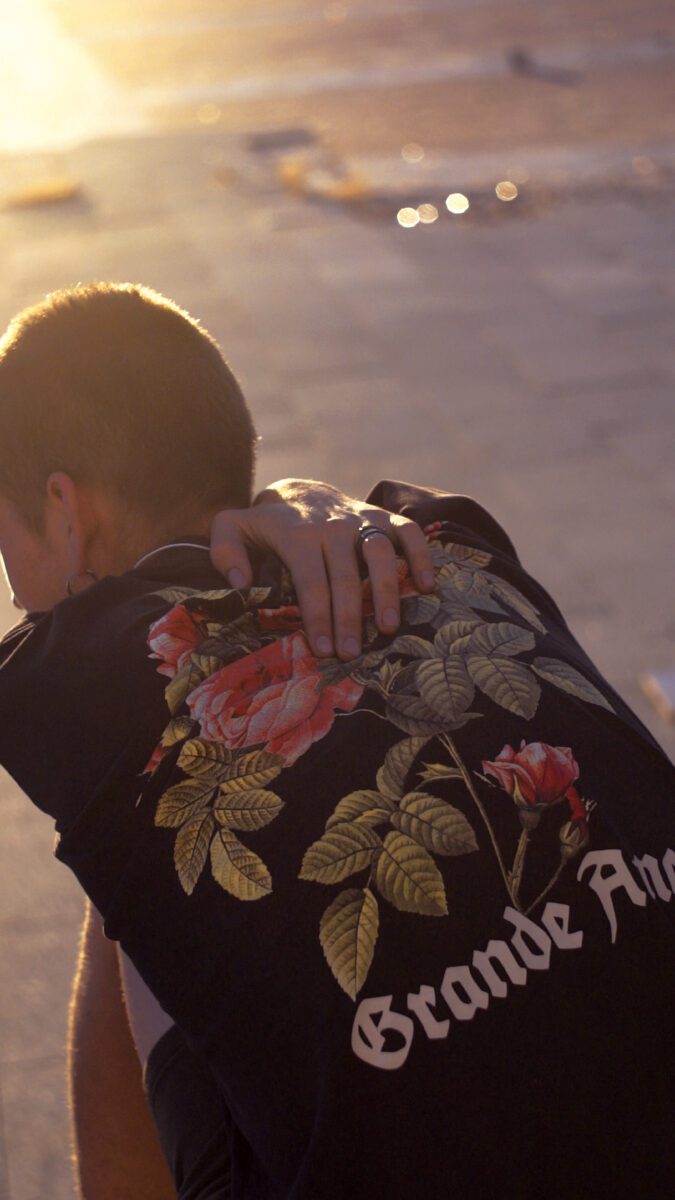
Sylvain Couzinet-Jacques
Sub
The Arco de la Victoria is a triumphal arch in the northwest part of Madrid, built in the 1950s at the behest of Francisco Franco. It lies outside the usual tourist areas and today is more of a ruin than a historic landmark, often a meeting point for teenagers. It is also a setting for French artist Sylvain Couzinet-Jacques’ project, Sub. The slow-motion video oscillates between moving and still images, film and photography, breaking free of a linear narrative. The artist creates abstract picture of youth: documenting the young people of the Spanish capital, whilst portraying adolescence as a universal experience of inner turmoil, superficiality, narcissism, loneliness and contradiction.

Florian van Roekel
How Terry Likes His Coffee
How Terry Likes His Coffee distills the daily realities of office work. Fluorescently lit figures are clad in pinstripe suits and ties, their expressions ranging from unsettlingly blank to boredom and distress. The images feature all the hallmarks of stereotypical office life: uniform cardboard boxes, watercoolers, wheely chairs. Florian van Roekel spent 15 months across five different Dutch companies, creating the series by taking on the role of an ethnologist. The protagonists are frozen in poses, as if they have taken up their respective positions for the camera. The photographic series tells of the individual’s sense of being isolated from the everyday environment and the desire for a connection to another person.
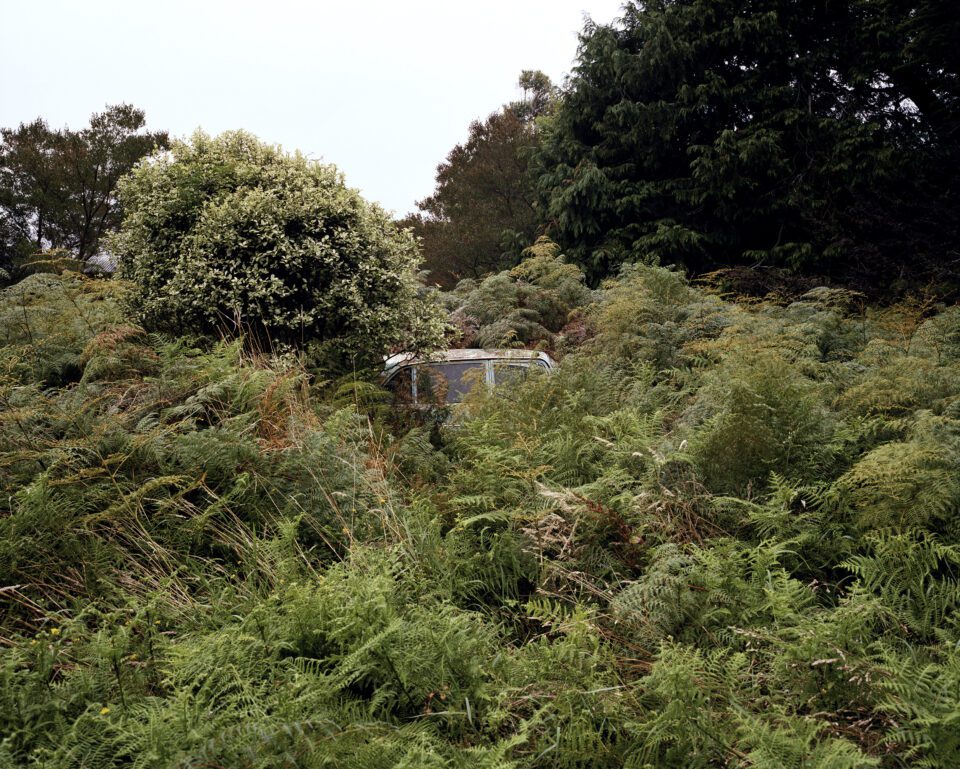
Friedericke Brandenburg
Left Behind
The roof of a light blue car is nestled among the spreading fronds of wild ferns and protected by lush green branches. A run-down wooden shack peaks out of a snowy landscape, its once brightly coloured paint now dull and peeling. Two rusty freight car frames blend seamlessly into their surroundings. Photographer Friederike Brandenburg’s Left Behind, which won the 2010 award, records traces of civilization in places otherwise presumed to be untouched and isolated. There is a melancholy feeling to the images, which spotlight decay and disuse, juxtaposing it with natural beauty. Each featured item once had a purpose – vehicles, homes, tools – but have now been left to rot.
Documentary in Flux: Revisiting the C/O Berlin Talent Award is on view until 16 September: co-berlin.org
Words: Emma Jacob
Image credits:
1&6. Friederike Brandenburg, Untitled, from the series Zurückgelassen, Neuseeland, 2010 © Friederike Brandenburg.
2. Sasha Kurmaz, Untitled, 2011, Kyiv, Ukraine © Sasha Kurmaz.
3. Sibylle Fendt, from the series Uneins, 2001–2002 © Sibylle Fendt.
4. Sylvain Couzinet-Jacques, Sub Rosa (video installation, screenshot), 2019 © Sylvain Couzinet-Jacques.
5. Florian van Roekel, Chapter Four, IV, from the series How Terry likes his coffee, 2010 © Florian van Roekel.


